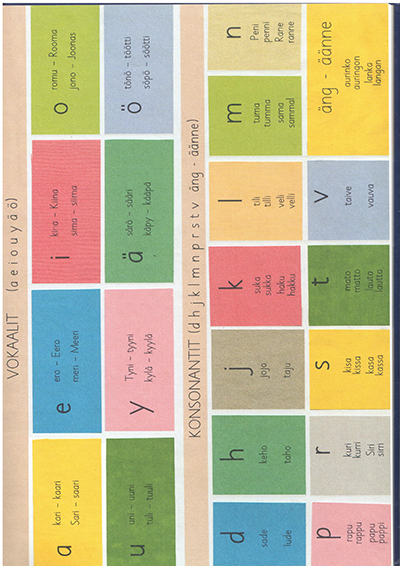| Sorted by date | |||
page172from Nordic Architects Writes
The
few civic buildings of the period were marked by an idealistic
unpretentiousness which did not, however, exclude artistic expression related
to the function of the building. All in all, it looked as though orthodox
functionalism had been developed in a more psychologically and geographically
successful direction. This picture was soon to be shattered, however. Why? Some
reasons may already be clear, though from the historian’s point of view we are
still very close to events.
Ideological labyrinths
Aalto
was the most important interpreter of the new ideas, and his fine buildings
gave power to his words. Aalto’s thinking, which stressed the individual right
from the start, and his close relationship with America, Frank Lloyd Wright’s
individualistic concept of democracy, and Jeffersonian anti-urban thinking may
well still prove one key to the architectural ideology of the period.
In
the 1940s societal arguments began to give way to philosophizing about the
inner nature of architecture in the debate between architect. Unnoticed, a
picture began to form of an architect who was apolitical, or above politics. The
idea of the servant of society was, of course, still valid. The ideological
change merely gave the concept a new meaning.
The emergence of criticism
By the end of the 1950s, Finnish
architecture had taken on features against which we angry young men of the
1960s rebelled. The main emphasis of architecture shifted to civic and
commercial building. Revel won the Toronto City Hall competition; Aalto went to
work for the “German miracle” in Wolfsburg and, with his Vuok-senniska church,
started a period of expressive church architecture, with its many large-scale
competitions. A typical planning feature of the time was a complex of cultural
and administration buildings called a “monumental centre”, the kind that was at
the end of the 60s branded the very bastion of technocracy and the élite culture – in brief,
bourgeois hegemony. At the same time as this boom in civic building, the
developer worked out their concrete panel systems – the straightjacket of today’s
environment. The role of architects in this work of development was almost
non-existent.
The
new role of architecture was, of course, a result of economic developments. Patriarchal
capitalism – which could well produce a Käpylä Garden Suburb, Sunila or Tapiola
– started to pave the way for iron-fisted monopolies. The angry
|
|||
|
|||
|
|
 ... ...
... ... ... ...
... ... ... ...
... ... ... ...
... ... ... ...
... ... ... ...
... ... ... ...
... ... ... ...
... ... ... ...
... ... ... ...
... ... ... ...
... ... ... ...
... ... ... ...
... ... ... ...
... ... ... ...
... ...